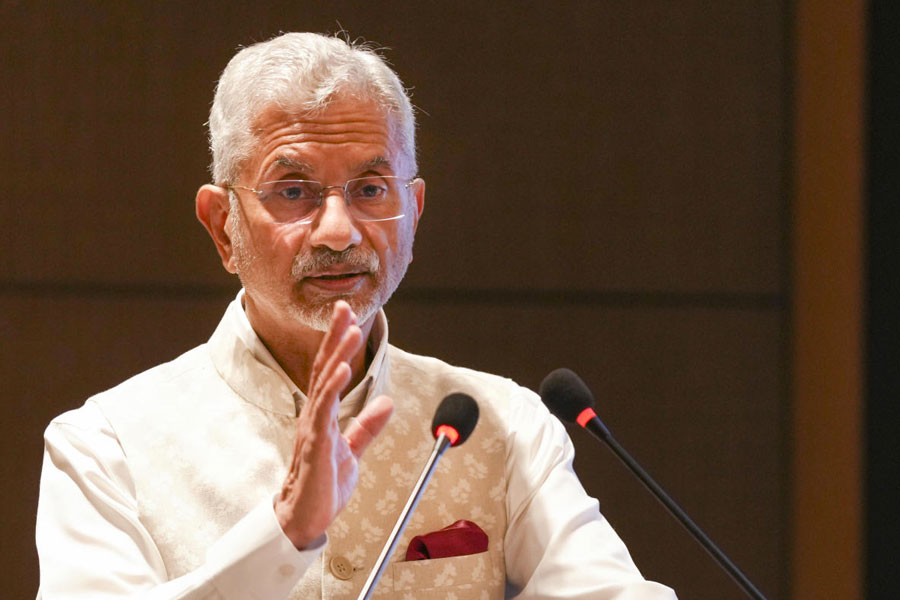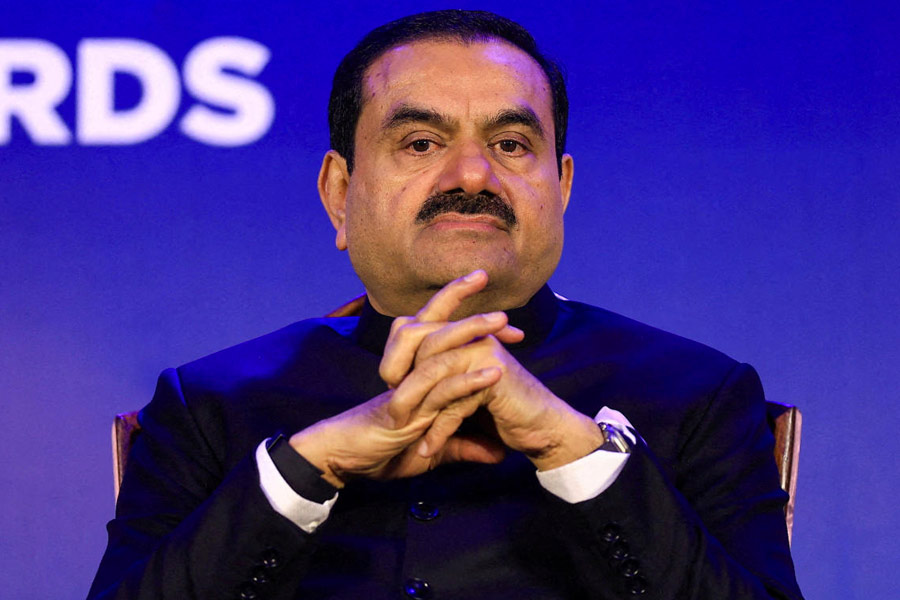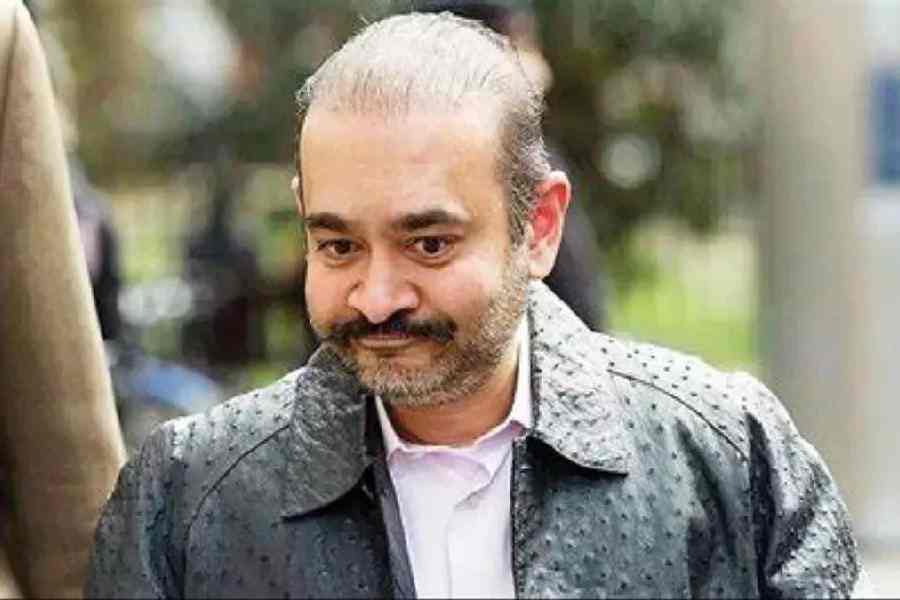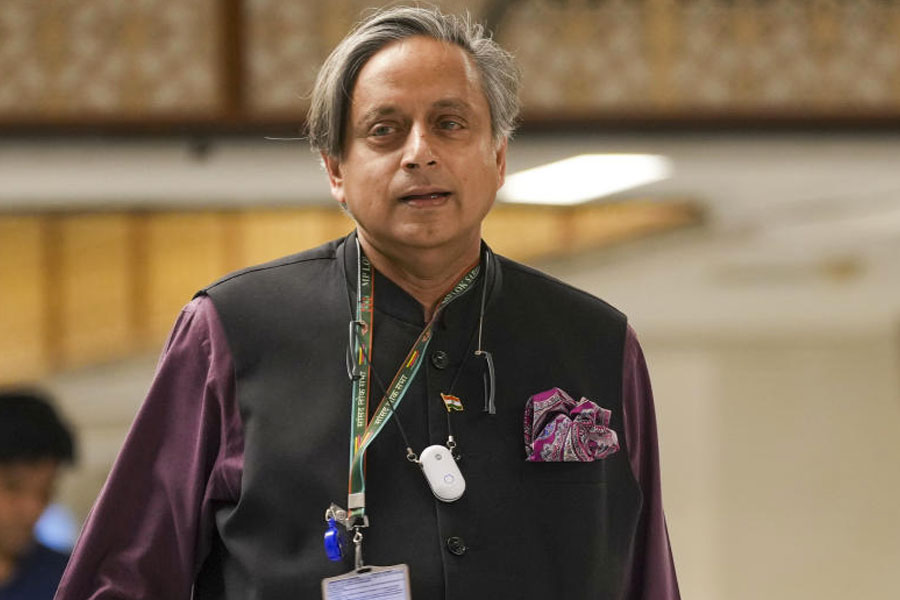Patna, March 26: There is no sign of let-up in the power situation in Bihar, which has been reeling under severe power crisis due to very low allocation of electricity from the central sector since the past week.
The severe power crisis also rocked the state assembly on Friday with members of both the treasury and opposition benches seeking the government’s immediate intervention into the crisis. Energy minister Bijendra Prasad Yadav, while attributing the low power supply to the closure of National Thermal Power Corporation (NTPC) plants at Talcher and Kahalgaon, had said that “there is nothing the state government could do at this point of time to help improve the scenario in the state”.
The worst hit by the present power crisis are the people living in districts other than Patna who are getting barely three to five hours of supply everyday. The short supply has not only hampered studies of children but also triggered water crisis.
Irate residents at Bhagalpur today set the Mozhidpur power sub-station on fire and vandalised Vikramshila Express in protest against the acute power crisis here.
The state is currently drawing around 600MW to a maximum 900MW electricity from the central sector quota against the average supply of 1200-1400MW. The actual allocation that the state is supposed to receive from the central quota is 1722MW. Bihar requires a power supply of 2500MW on a daily basis.
Asked about the supply of power from the central sector, Bihar State Electricity Board spokesman and director of public relations Hare Ram Pandey told The Telegraph: “We received 900MW of electricity from the central sector in the afternoon. The supply from NTPC’s Talcher power plant number 1 is nil. The generation at state’s Kanti thermal power plant is zero whereas Barauni is generating around 40 to 50MW per day.”
NTPC sources said the Talcher power plant number 1 has been closed due to a technical snag for the past one week. Repair work is on but it is difficult to say when the plant will start generation.
Patna, the state capital, is being supplied less than what it requires on a daily basis. On an average, the capital is supplied around 413MW of electricity but after the crisis, the supply is hovering around 350MW, depending upon the availability of electricity. Area-wise load-shedding is being done in the entire state, including Patna, on a rotational basis as the board has to manage the entire state with whatever supply it gets from the central sector, board’s official sources said.
Agitated residents of Bhagalpur town area blocked roads, burnt tires and set transport vehicles on fire in protest against the poor supply.
The situation was no different in Muzaffarpur which is barely receiving 5 to 6 hours of power supply against the average supply of 16-18 hours a day. “We hardly got any power supply (electricity) in the past four-five days. The scant power supply has thrown our life out of gear. We missed the India-Australia quarter-final played day before yesterday and now we plan to hire a genset to watch the telecast of India-Pakistan semi-final on Wednesday,” Uday Shanker Singh, a resident of Balughat, said.










